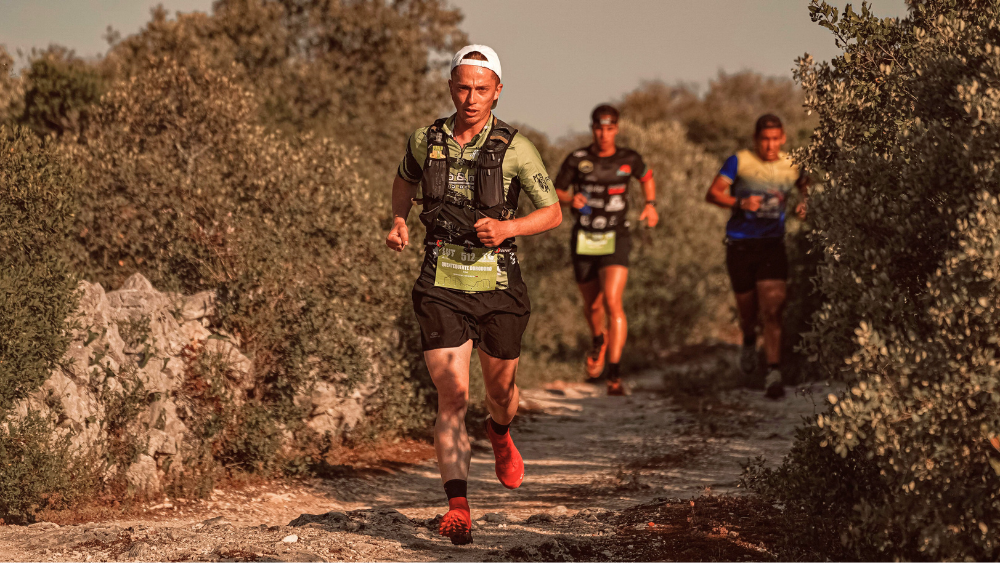Legs turn heavy. Focus slips. Your pace plummets, and every aid station feels like a lifeline. You trained for months, followed your plan to the letter, and tapered perfectly—yet your race still fell apart.
It’s not about your fitness. It’s about fuelling.
Hitting the wall isn’t just frustrating—it’s costly. One misstep in nutrition can undo weeks of training. Worse, it chips away at your confidence. You know your body is capable. But is your fuel?
Here’s how to take control and perform with consistency.
Fitness Isn’t the Problem—Fuelling Is
Even the best training plan can’t compensate for poor nutrition. Many athletes know this in theory but struggle to put it into practice.
They try “intuitive” fuelling, wait for energy crashes, rely on sugary bursts, or grab whatever’s available at aid stations. The result? Another bonk.
The truth: your fuel plan needs the same precision as your training plan.
Why You’re Bonking Despite Training Hard
Bonking doesn’t happen because you’re undertrained—it happens when your energy supply can’t meet demand. Common causes include:
- Delaying your first fuel intake
- Using products that spike then crash blood sugar
- Skipping fuel due to stomach discomfort
- Poor hydration that hinders nutrient absorption
- Not testing nutrition in real-world conditions
Even one of these mistakes can turn a strong race into a struggle. Combine a few, and you’re in trouble.
Shift Your Strategy: Be Proactive, Not Reactive
The first rule of fuelling: don’t wait until you feel tired.
Start early—before your session begins—and within the first 15–20 minutes, even if you feel fresh. Early fuelling helps preserve glycogen and keeps energy levels steady. Top up regularly throughout your session.
For events longer than 90 minutes, aim for:
- 60–90g of carbohydrates per hour (adjust to intensity and tolerance)
- Smaller doses every 25–30 minutes instead of large hits every 45–60
- Pair with electrolytes and fluids for optimal absorption
Fuel That Works With You, Not Against You
Gut discomfort is a major reason athletes under-fuel. Nausea, bloating, or stomach upset can sabotage performance.
Look for fuel that is:
- Free from artificial sweeteners and sugar alcohols
- Designed for consistent, stable energy
- Gentle on digestion and easy to tolerate
- Tested in real-life conditions, not just labs
From Panic to Plan: The Fuelling Mindset
Racing without a tested nutrition plan is survival mode. Skipping gels, experimenting with new products, or waiting for energy crashes isn’t a strategy—it’s a gamble.
Instead, build a rehearsed routine:
- Treat fuelling like you treat training sessions
- Stick to familiar, proven products
- Stay ahead of energy depletion
- Fuel for your body, not just your macros
Fueling Is the Foundation of Performance
Good training can’t fix poor fuelling—but poor fuelling can ruin excellent training.
If you want to maximise your endurance and finish strong, it’s time to get strategic. Nutrition isn’t optional—it’s essential. Fuel early. Fuel consistently. Fuel smart.
Fuel smarter. Finish stronger. Own every kilometer.

